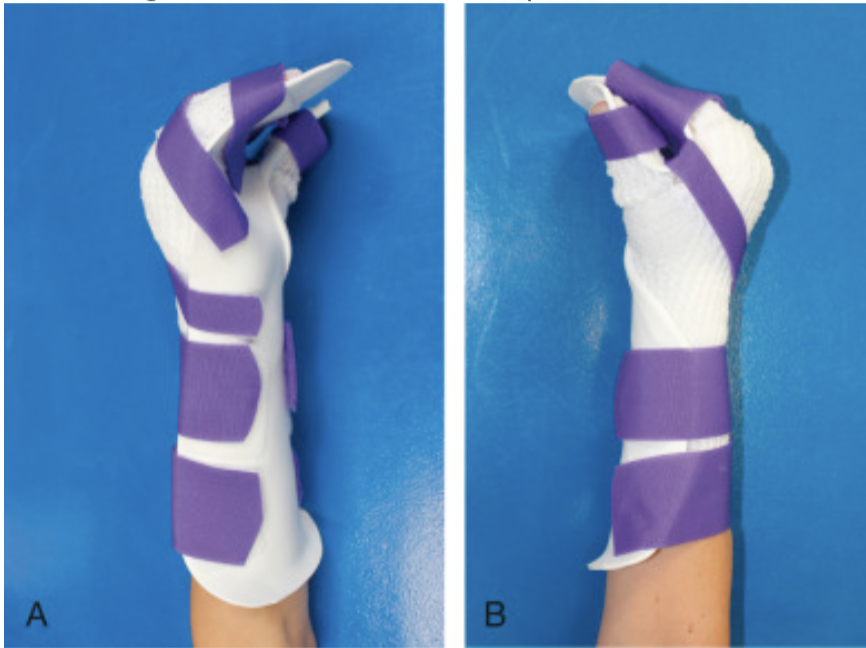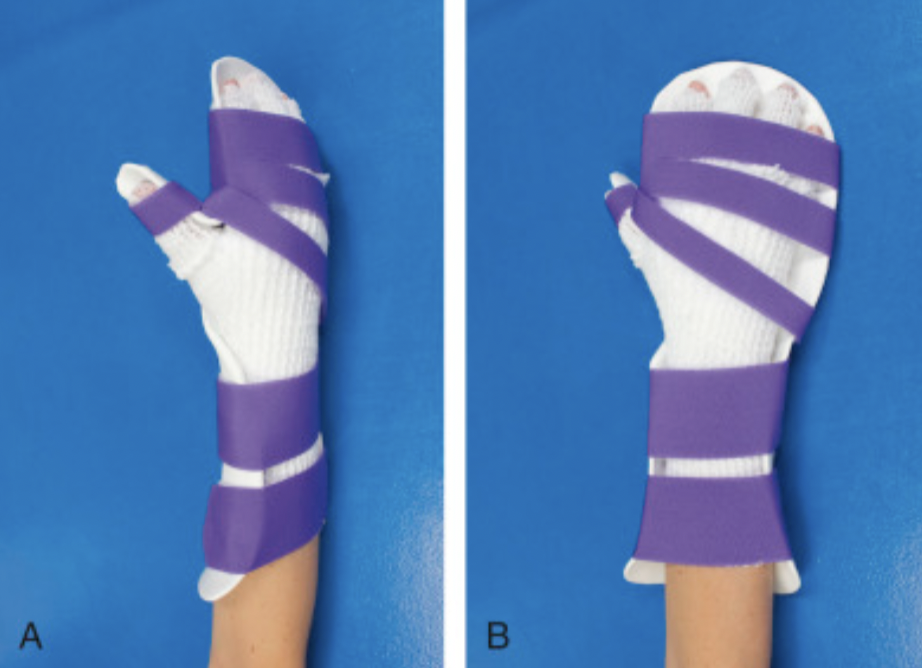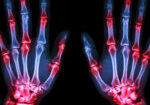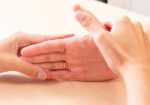By: Sophia Grimm
Hand burns can be very challenging to treat, and successful rehabilitation begins early after acute injury. Following a burn injury, scar contractures are the primary reason for the deformity of the hand. Therefore, proper orthotic intervention is key to preventing joint and ligament contractures (Kelly, Berenz & Williams, 2019). Splinting goals following a burn injury change depending on the stage of healing. In the acute stage where the wounds are 50% closed or skin, grafting has begun, static orthoses are used for positioning, edema management, and contracture prevention. The intermediate stage of wound healing is from about 50% of wound closure to complete wound closure and consists of static orthoses, static progressive orthoses, and/or dynamic orthoses. During the intermediate stage, orthotic intervention is used for positioning, tissue stretching, and lengthening to prevent contracture formation. The long-term stage of healing is from wound closure to maximal benefit and outcome of rehabilitation. During this phase, static progressive and dynamic orthoses are used to provide stretch, promote tissue gliding, decrease stiffness, and strengthen weakened structures (Kelly, Berenz & Williams, 2019).
The type of orthosis used for a hand burn depends on the location of the burn and the anticipated deformity. Typical deformities seen in hand burns include; hyperextension of the MCP’s, flexion deformity of the IP’s, loss of transverse metacarpal arch, adduction contracture of the thumb, wrist flexion contracture, and shortening of the dorsal skin (dorsal hand burn) (Kelly, Berenz & Williams, 2019).
A patient with a burn on the dorsum of the hand will require an orthosis that positions the hand in the angle antideformity (intrinsic plus position, antideformity position of hand). The most common deformity following a dorsal hand burn is a clawhand. The dorsal surface of the hand is thin and highly mobile, which allows for extensor tendon gliding. When a burn occurs in this area, extensor tendons are prone to subsequent injury resulting in deformities such as matter finger, boutonnière deformity, or swan neck deformity. To prevent deformity, the hand should be positioned with the wrist in 15 to 30 degrees of extension, the MCP joints in 70 to 80 degrees of flexion, the IP joints straight, and the thumb abducted. This position preserves the hand’s arch and places the MCP collateral ligaments in a maximal stretch position.


Kelly, B. M., Berenz, T., & Williams, T. (2019). Orthoses for the Burned Hand. Atlas of Orthoses and Assistive Devices. doi:10.1016/b978-0-323-48323-0.00015-9
Palmar hand burns should be positioned in a palmar extension splint to prevent flexion contractures. The palmar burn’s antideformity position consists of wrist extension, MCP joint extension, IP joint extension, digital abduction, and thumb abduction and extension. Palmar burns frequently result in the loss of the first webspace, thus compromising the thumb’s use.
Circumferential hand burns will require splinting in alternating positions to include intrinsic plus position and palmar extension position each day. Individuals with circumferential burns are at an increased risk of compartment syndrome and subsequent musculoskeletal and nerve damage.
Patients with limited AROM will also benefit from dynamic orthoses once wound closure has occurred. Depending on the injury, a patient may benefit from a dynamic digit flexion orthosis or extension orthosis. Both may be used in conjunction for circumferential hand burns.
Webspace contractures are common with palmar and circumferential burns. This results in limited motion of the thumb. To prevent a webspace adduction contracture, a C-bar orthosis may be used. Interdigital inserts are also used to prevent contracture formation in between digits.
In conclusion, rehabilitation of hand burns is very challenging and early treatment in the acute phase of the injury is important to maximize functional outcomes. Orthotic intervention is key in contracture prevention, edema management, and scar management throughout all phases of wound healing.
HealthPartners. (n.d.). Burn splints: Regions Hospital. Retrieved December 02, 2020, from https://www.healthpartners.com/hospitals/regions/specialties/burn-center/splints/
Kelly, B. M., Berenz, T., & Williams, T. (2019). Orthoses for the Burned Hand. Atlas of Orthoses and Assistive Devices. doi:10.1016/b978-0-323-48323-0.00015-9
1 Comment
Leave a Comment
More To Read
Conservative Therapy for OA in the Fingers: A Literature Review
Beasley, J., Ward, L., Knipper-Fisher, K., Hughes, K., Lunsford, D., & Leiras, C. (2018). Conservative therapeutic interventions for osteoarthritic finger joints: A systematic review. Journal of Hand Therapy, 32. 153-164. The Skinny – The article reviews the evidence on the effectiveness of conservative treatment for those who experience osteoarthritis in fingers and in their finger…
Read MorePain management techniques for Wrist Fractures
Pain management techniques for wrist fractures Distal radius fractures account for 17.5% of all fractures with a median age of 60.23(Candela et.al, 2022). Pain management is a significant part of post wrist fracturetreatment due to limitations that pain incurs. Chronic Regional Pain Syndrome (CRPS) canoccur along with a distal radius fracture but will not be…
Read MoreNeurolutions IpsiHand to Aide in Stroke Rehabilitation in Patients with Hemiparesis
Neurolutions IpsiHand to Aide in Stroke Rehabilitation in Patients with Hemiparesis Hemiparesis occurs in approximately 77% of new stroke cases and often persists into thechronic stage (Humphries et al., 2021). Recent innovation, such as brain-computer interfaces(BCIs), offer new opportunities for motor recovery even years after stroke. One such approach is the Neurolutions IpsiHand System, an…
Read MoreCarpal Tunnel Release: Outcomes of Pediatric and Adolescent
Rapid Review. Outcomes of pediatric and adolescent carpal tunnel release based on etiology. Velicki, K., Goldfarb, C. A., Roberts, S., & Wall, L. B. (2021). Outcomes of pediatric and adolescent carpal tunnel release. The Journal of Hand Surgery, 46(3), 178-186. The Skinny: Less than 1% of pediatric carpal tunnel is idiopathic in nature, compared to…
Read MoreSign-up to Get Updates Straight to Your Inbox!
Sign up with us and we will send you regular blog posts on everything hand therapy, notices every time we upload new videos and tutorials, along with handout, protocols, and other useful information.







What would you else recommend that I read to learn more about this topic and related